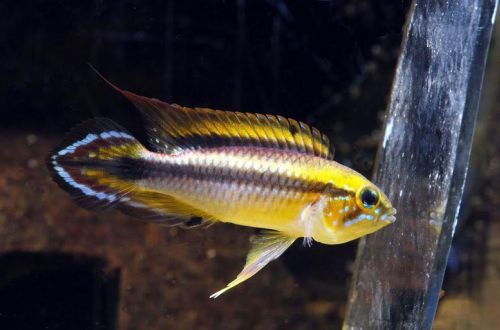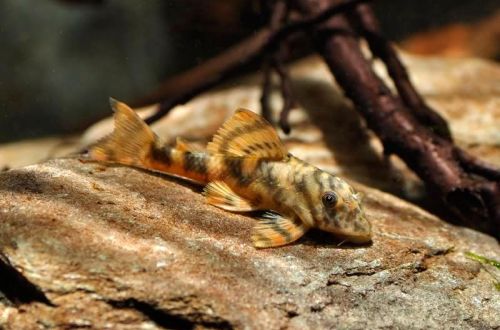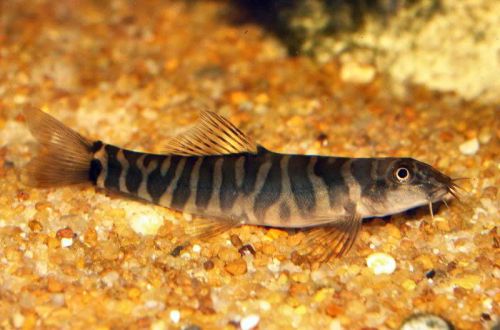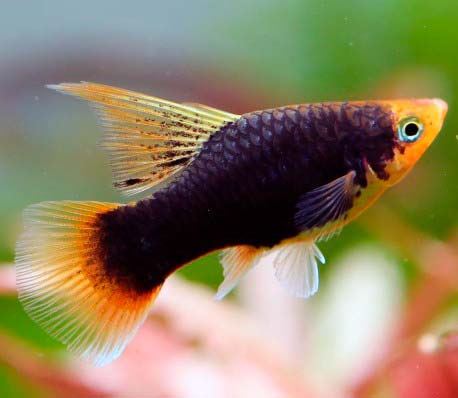
Black pecilia
Black pecilia, English trade name Platy Black. It is a color variation of the common Pecilia (Xiphophorus maculatus). Artificially bred, does not occur in nature. Despite its name, the black color, although it dominates the coloration, does not cover the entire body of the fish. The belly, head, tail and fins are usually painted in other lighter colors.

Brief information:
- The volume of the aquarium – from 60 liters.
- Temperature – 20-28°C
- Value pH — 7.0–8.2
- Water hardness – medium to high hardness (10-30 GH)
- Substrate type – any
- Lighting – moderate or bright
- Brackish water – acceptable at a concentration of 5-10 grams per liter of water
- Water movement – light or moderate
- Fish size – 5-7 cm
- Food – any food
- Temperament – peaceful
- Content alone, in pairs or in a group
Maintenance and care
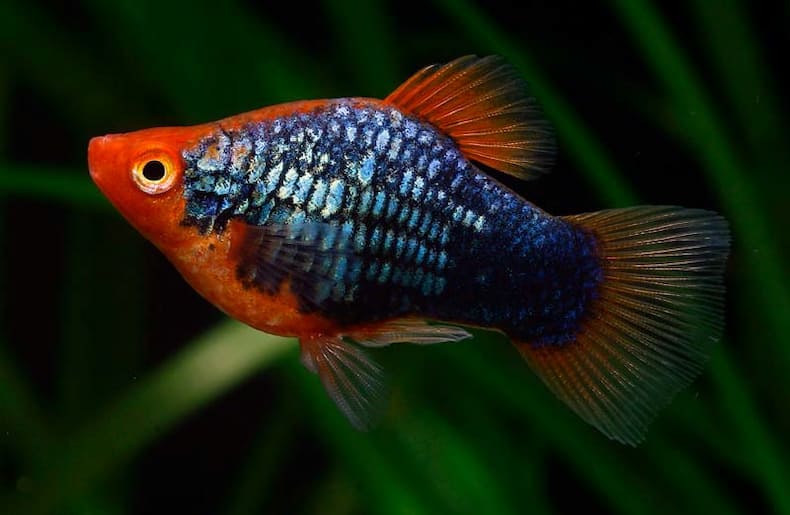
Optimal conditions for keeping 3-4 fish can be provided in an aquarium from 50-60 liters with a large number of aquatic plants. In dense thickets, females find shelter from the excessive attention of males, and the latter have the opportunity to distance themselves from each other, which reduces the severity of competition. For this reason, it is recommended to purchase a harem-type group in small aquariums, where there are several females per male.
The fish prefer warm slightly alkaline water with high carbonate hardness KH. Continuous operation of the filtration system and regular maintenance of the aquarium will help maintain water quality at the proper level and prevent excessive accumulation of organic waste.
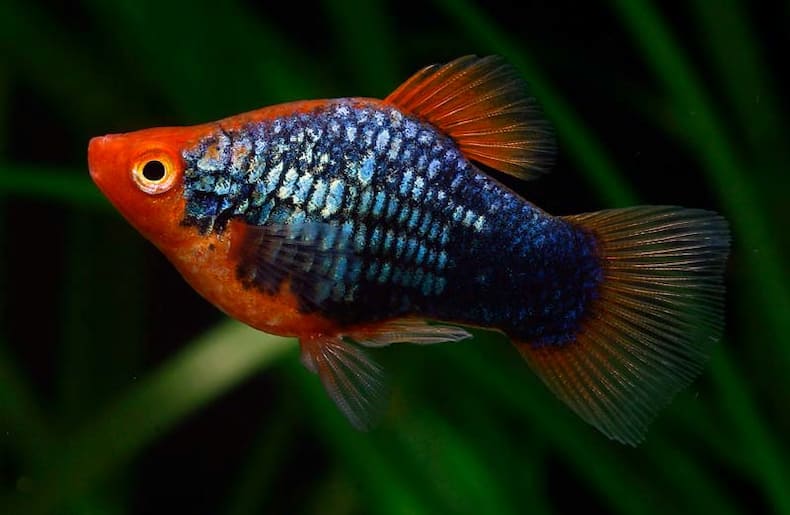
Food. They accept most popular feeds in live, frozen, freeze-dried and dry form (flakes, granules). It is advisable to feed herbal supplements, such as spirulina flakes, or use products that already contain such components. A good choice would be food designed specifically for Pecilia, which is produced by many well-known manufacturers. The lack of vegetation in the diet of the fish will compensate by damaging the soft parts of aquarium plants.
Breeding / reproduction. The black pecilia, like the rest of its relatives, actively breeds. An adult female can bring new offspring every 1-2 months. The egg stage is absent. The fry appear fully formed. Juveniles are recommended to be transplanted into a separate aquarium, as there is a threat of predation by adult fish.



